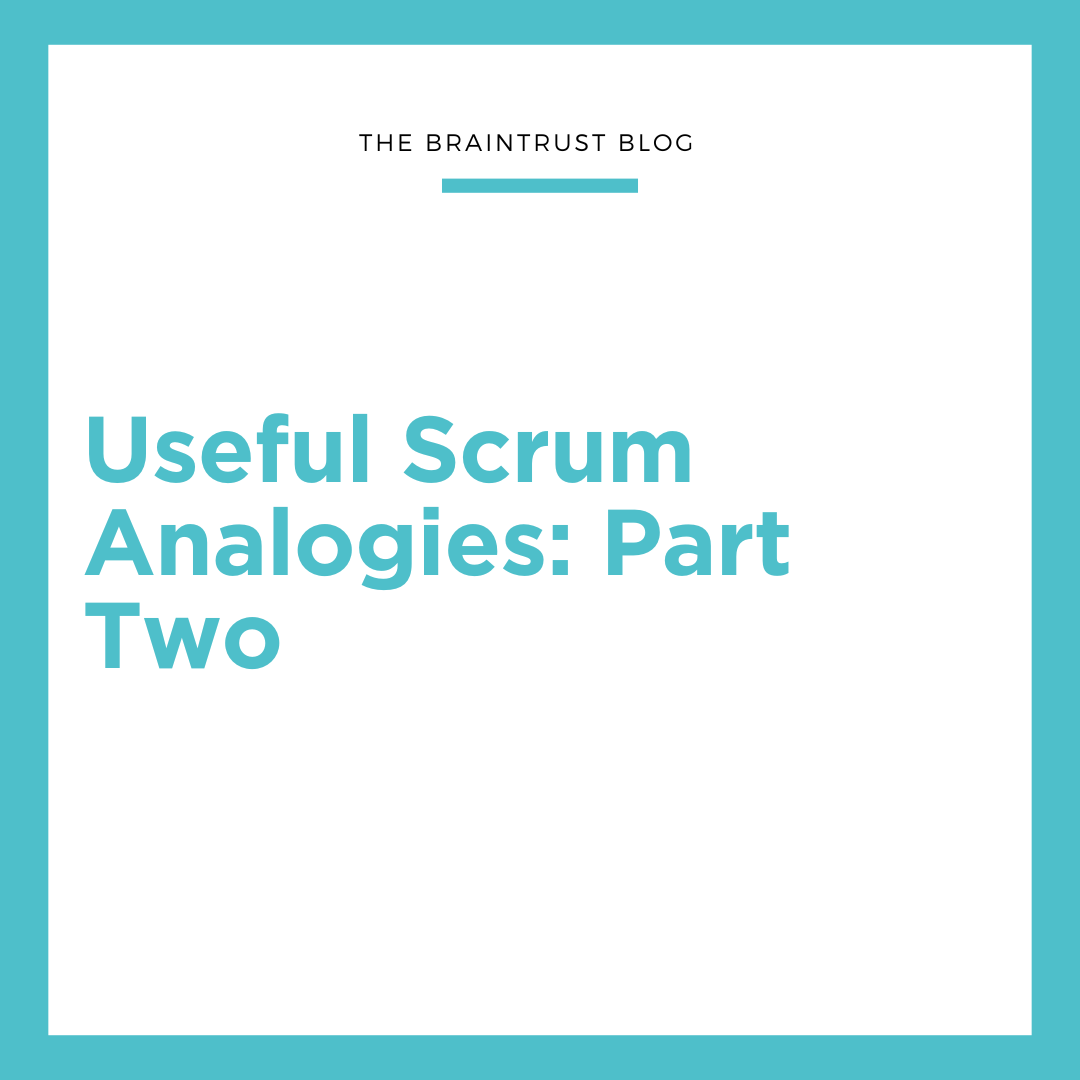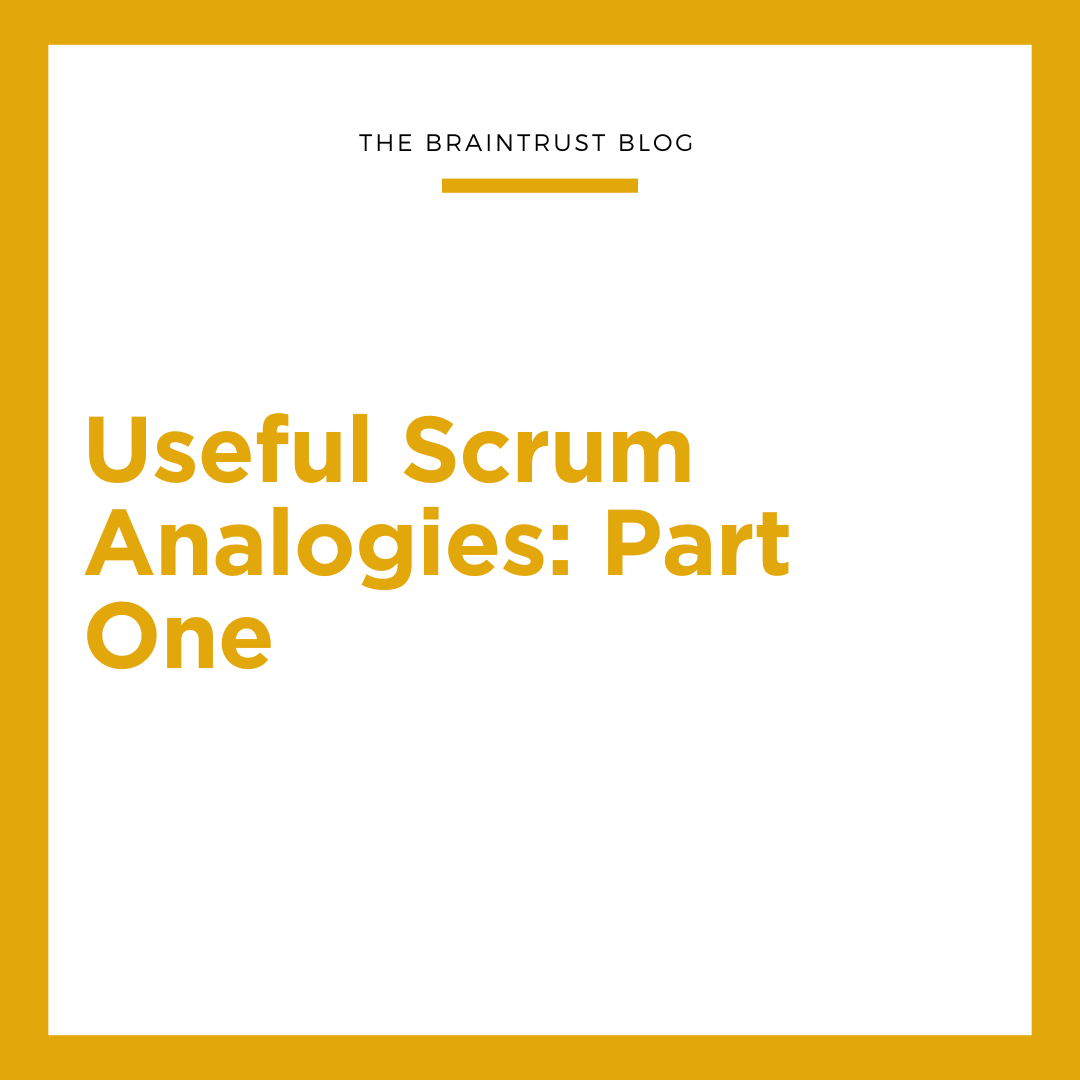Have you ever been part of a project that has gone way over budget and schedule? In some cases, did the project persist in spite of these losses? Ever wondered why the project wasn’t cancelled in order to prevent further losses? This problem manifests itself in sunk cost theory. In this post, I’ll define that theory and describe how the proper application of Agile methodologies can help minimize sunk cost losses.
There is a problem in business known as sunk cost theory. Sunk costs are defined as the past costs of a project or operation. According to traditional economic theory, sunk costs are not to be considered when making future decisions about a project. However, we all know that human nature tells us otherwise.
When money and time is invested in a project, it is difficult to admit defeat even when things are going poorly. So, in many cases, projects trudge ahead, already over budget and past due. Although it’s apparent that once implemented the product or project will fail miserably, too often project managers consider the “investment” of time and money that can’t be recovered and forge ahead.
This is one of the risks with traditional project management. If the waterfall method is followed, requirements are collected up front and development takes place before any testing occurs. If the product meets the requirements, but maybe the requirements were incomplete, you may end up with a product that wasn’t what the customer envisioned. In this case, the project manager has likely spent most of their development dollars and must have that hard conversation with the project sponsor and/or stakeholders. Those dollars and hours cannot be recovered except to the extent that bits and pieces of the product can be reused during the rework. These are the kinds of sunk costs that you don’t want to have on your project.
Using Agile methodologies, this kind of risk can be avoided or minimized. By using the iterative sprint process, a potentially shippable product increment is delivered at the end of each iteration. The product owner, along with stakeholders, get together in the sprint review meeting to test and check out the work and provide feedback to the team. Any modifications or adjustments to the requirements are captured in a user story and placed on the sprint backlog instead of being revealed at the end of the product development cycle.
In this manner, problems are discovered throughout the development process and course corrections are made for each ensuing sprint. Ideally, the only sunk costs that are lost happen in the earlier sprint cycles. With each iteration the product gets closer and closer to completion and it has been reviewed and improved along the way. In this manner, Agile helps businesses keep the sunk costs associated with rework at a minimum.
If you’ve struggled with this in your business or career and you’re ready to take a look at Agile, Braintrust Consulting is here to help. We offer training and coaching on the Agile methodology leading to such certifications for your team as Certified ScrumMaster and Certified Scrum Product Owner. We have public classes or we can bring the training to you, customized to fit your needs. Our course offerings and services can be found in the Services link or click the Contact link to find out more.




